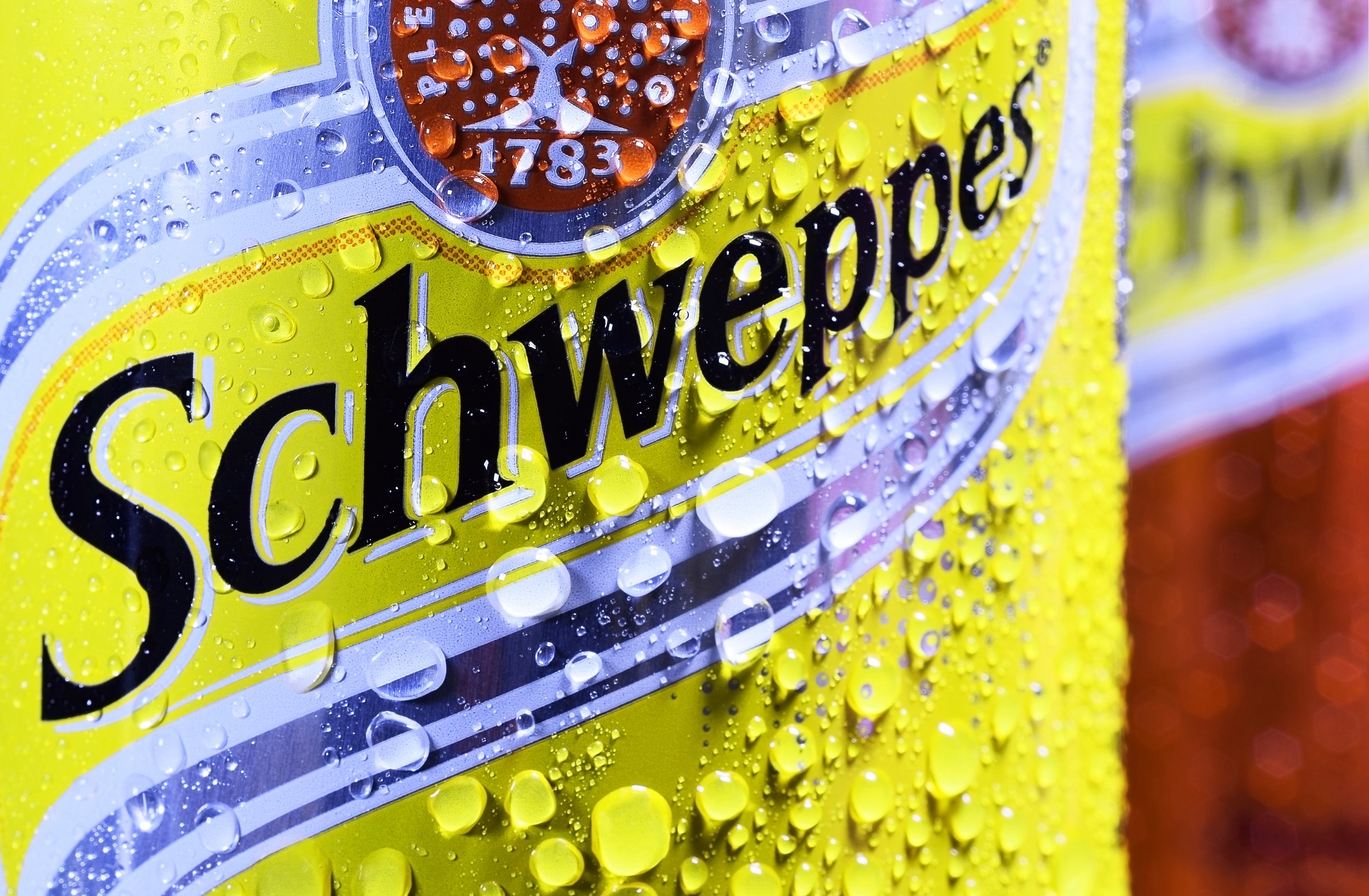
Indians know their Tonics
(Red dot, not woo woo)
A bad tonic is a GT’s worst enemy. AGTDA members understand the importance of a good Indian tonic water with proper Quinine for added bitterness. We have spent decades tasting hundreds of tonics using our patented analysis process of “Libation, Inebriation, and Debate-ation”.
History of Tonic Water
Tonic water is a carbonated soft drink in which QUININE is dissolved and was originally used as a prophylactic against malaria. Quinine powder is so bitter that British officials stationed in India, where medicinal quinine was recommended, mixed the powder with soda and sugar, and tonic water was created. The mixed drink gin and tonic also originated in British colonial India, when the British mixed their medicinal quinine tonic with gin.
AGTDA Preferred Tonic Waters
Using the Standard Model of Particle Physics , AGTDA has created the ultimate list of approved tonics as follows:
Tonic FAQ
1) WHAT IS TONIC WATER MADE OF?
In simple terms, classic tonic water is carbonated water infused with quinine. For added taste sometimes sugar or fruit acids are mixed in. The higher the level of quinine in the water, the more bitter it tastes. Quinine comes from the bark of the cinchona tree, which despite its Asian sounding name is actually found in South America. “Tonic” is synonymous with “refresher” or “energizer”, and the Greek root word “tonikos” means “invigorating.”
2) WHY QUININE, AND WHERE DID IT COME FROM?
The quinine we get at the local pharmacy today has a long history, shrouded in mystery and bordering at times on the absurd. The indigenous peoples of South America already knew about the healing properties of cinchona bark, but it was their European conquerors who first used the bark to treat malaria.
It is said that while suffering an attack of malaria a Spanish soldier fell unconscious into a pond lined by cinchona trees. Having managed not to drown, when he awoke he was healthy again. Another persistent legend claims that in 1638 the Countess of Chinchón was saved by the daughter of a local tribal chief. Despite a lack of historical proof for this, it seems the tree was named after the countess anyway. What is verified is that quinine was the only effective treatment for malaria until the middle of the last century.
3) WHO ULTIMATELY INVENTED TONIC WATER?
Even today we still don’t know precisely who first extracted quinine from the tree bark, but the first virtually pure quinine was most likely extracted based on the formula created by the two French pharmacists Pierre Joseph Pelletier and Joseph Bienaimé Caventou in 1820.
The first patent for tonic water was awarded in 1858 to Erasmus Bond from London. Johann Jacob Schweppe’s company, the royal purveyor to the British court since 1831, first introduced its own quinine-and-lime-infused mineral water onto the market in a big way in 1870. Schweppe himself never lived to see the day, having already passed away in 1821.
4) IS THERE A MAXIMUM LIMIT TO THE AMOUNT OF QUININE IN TONIC WATER?
In Germany, the addition of quinine is regulated by the German Flavorings Directive, which prohibits adding quinine to any other beverages and all foods. Spirits are permitted to contain a maximum of 300mg/l, while the upper limit for tonic water (and Bitter Lemon) is 85mg/l. Most European countries have similar restrictions. Ultimately though, the limits basically take care of themselves: anything above the approved quantity makes the water too bitter to drink.
5) WHY DOES TONIC WATER GLOW UNDER UV RAYS?
Quinine is the most important alkaloid among the 25 others found in cinchona bark. As a white powder it actually has no odor, but it does indeed seem to have an enhanced sense of its own mission: it fluoresces, or glows, even at ratios of 1:100,000. Its taste can still be noticed at a ratio of 1:50,000.
6) CAN QUININE ALSO BE HARMFUL?
The amount of quinine in today’s tonic water is a mere pittance compared to when this beverage was used to prevent malaria. Generally speaking, there is no danger in consuming quinine, but caution is still advised in some situations. For instance, people suffering from tinnitus should avoid higher doses.
It’s also recommended that pregnant women avoid quinine due to its muscle stimulating qualities. In earlier times it was even used to trigger labor contractions leading to birth. Of even greater concern is the presumed addictive nature of quinine for the unborn child. But here again, the decisive factor is the amount.
7) IS THERE REALLY A TRULY “SPECIAL” TONIC?
Naturally. It’s called Bolian tonic water, and it comes from the planet Bolarus IX, whose bluish-skinned inhabitants are known for their selflessness. The effect of Bolian tonic water is said to be thoroughly relaxing. You can get it at the bar called Quark’s on the Deep Space Nine space station.

